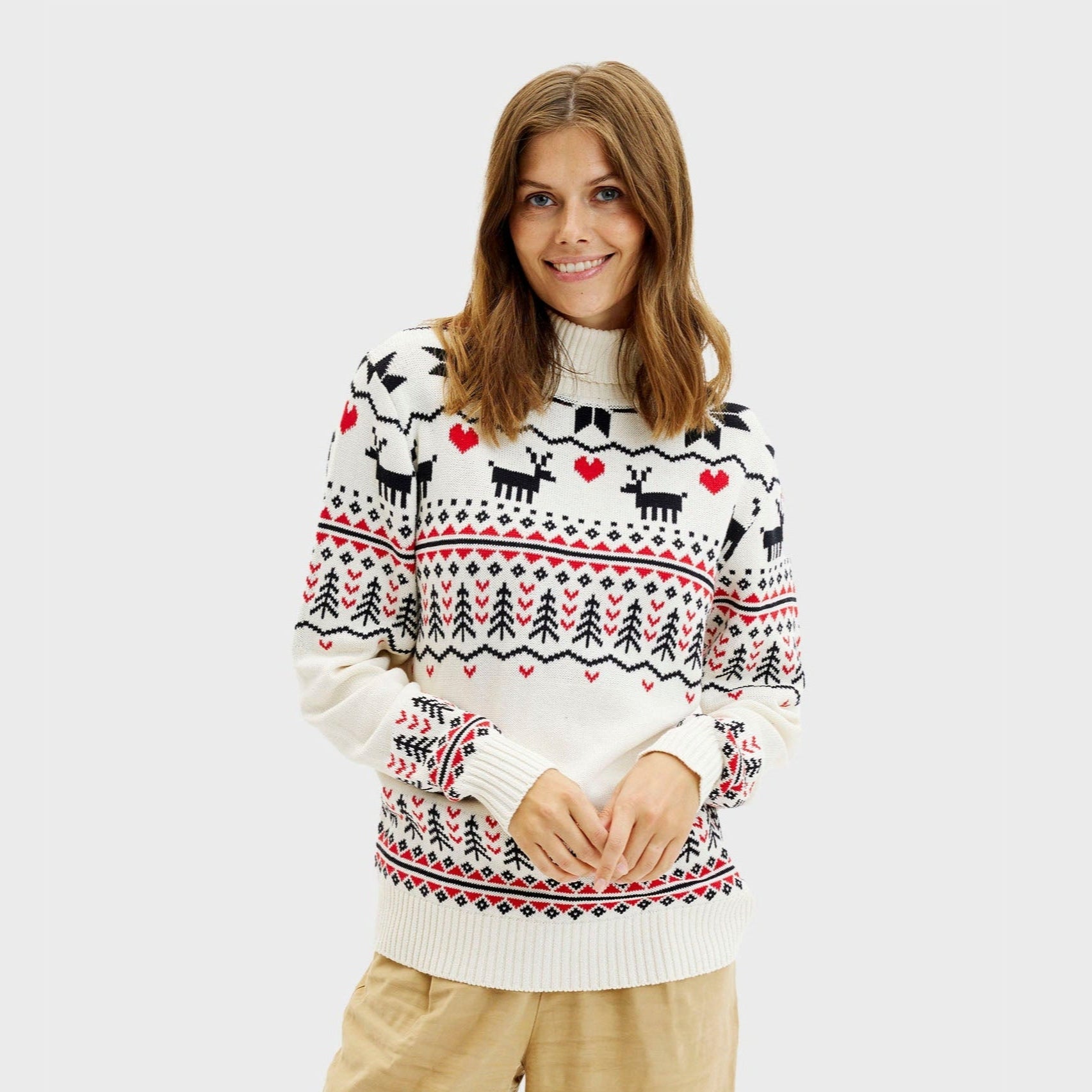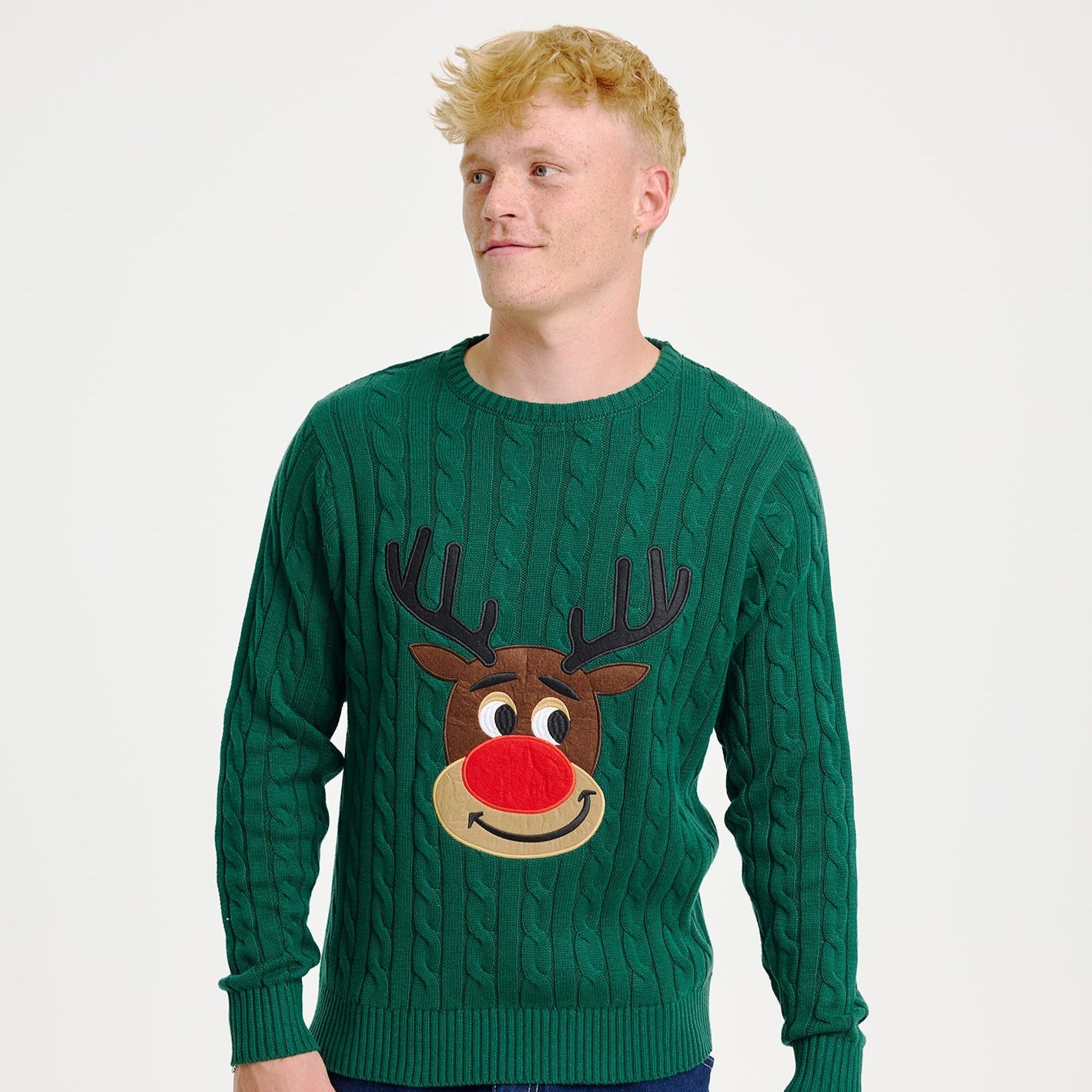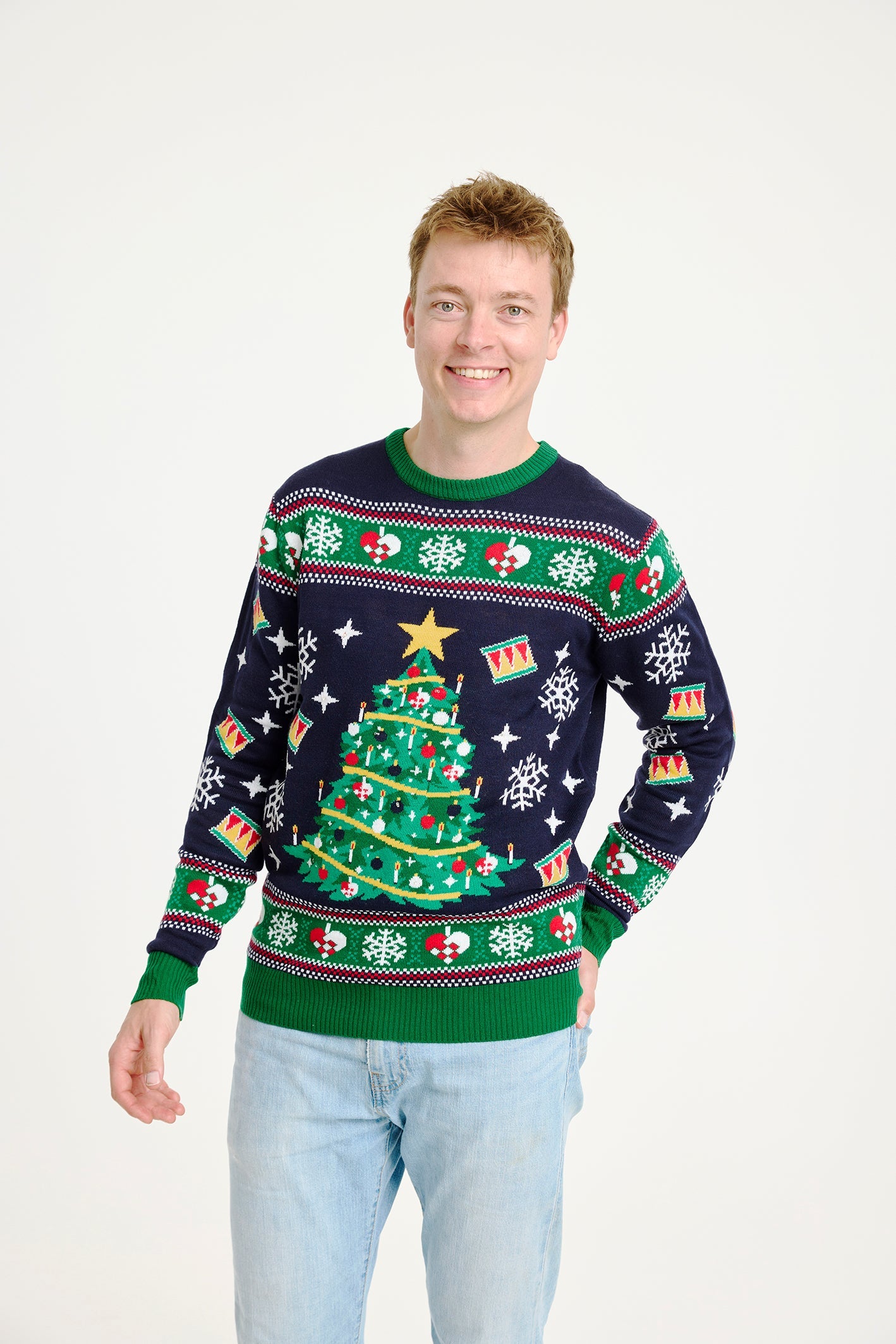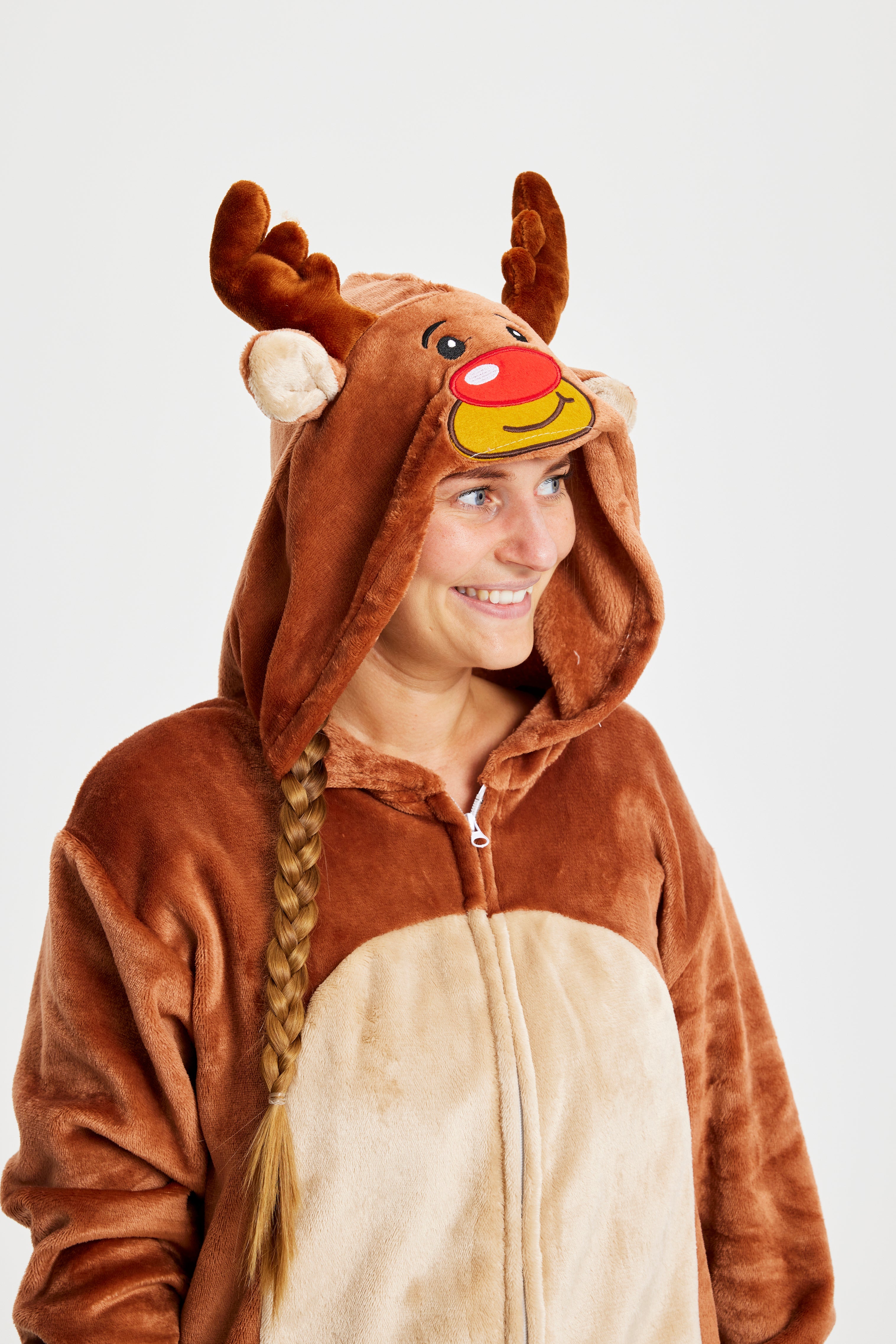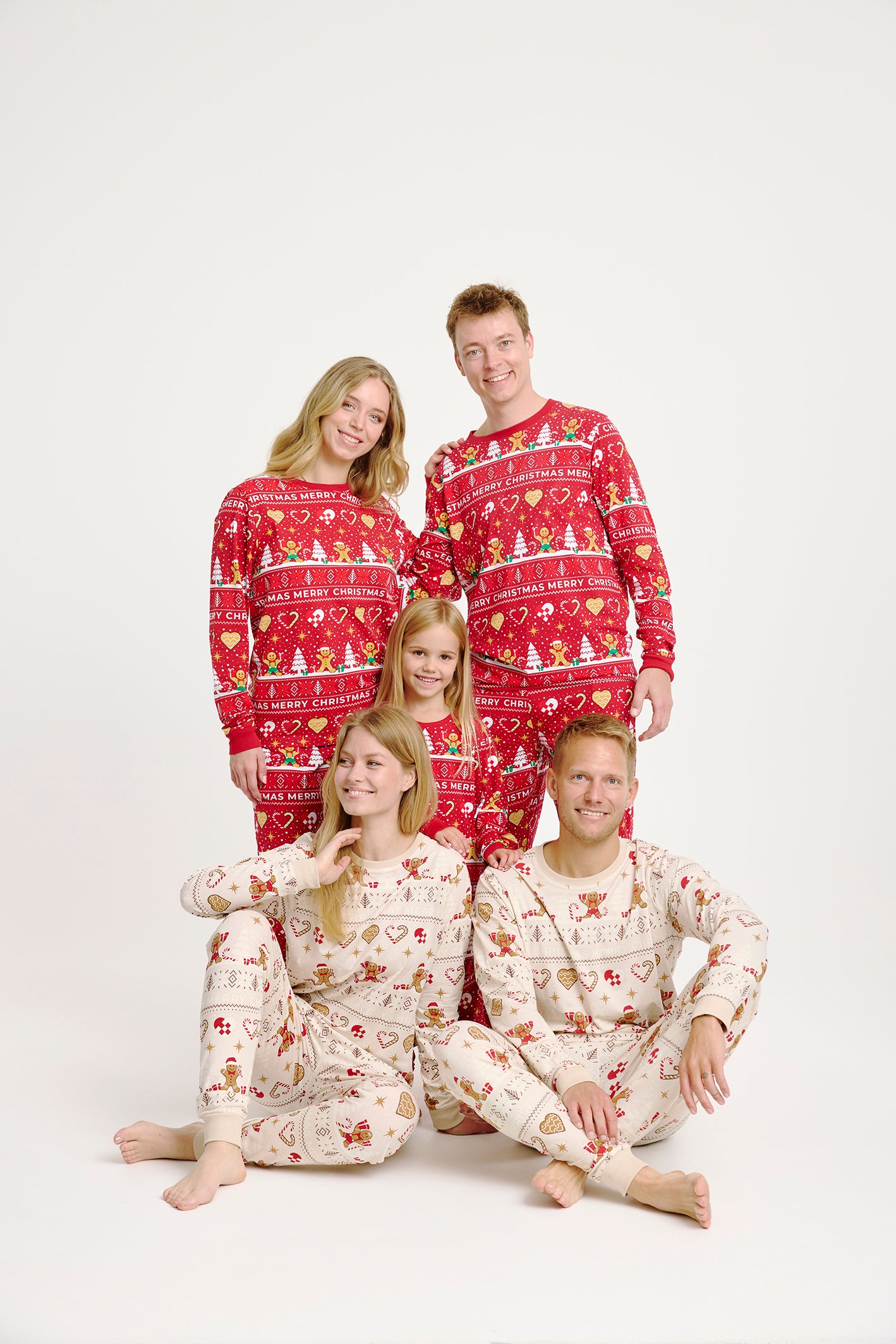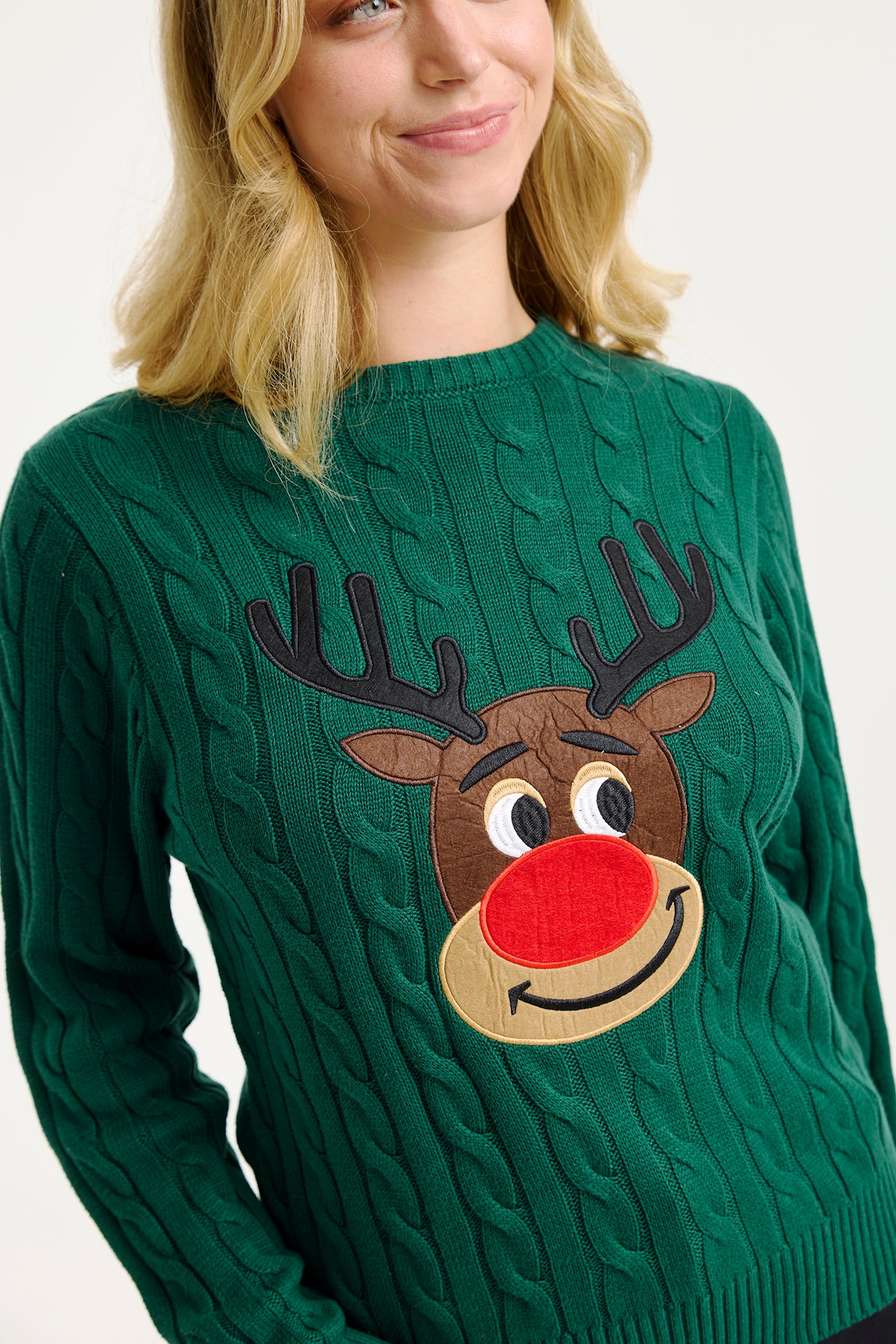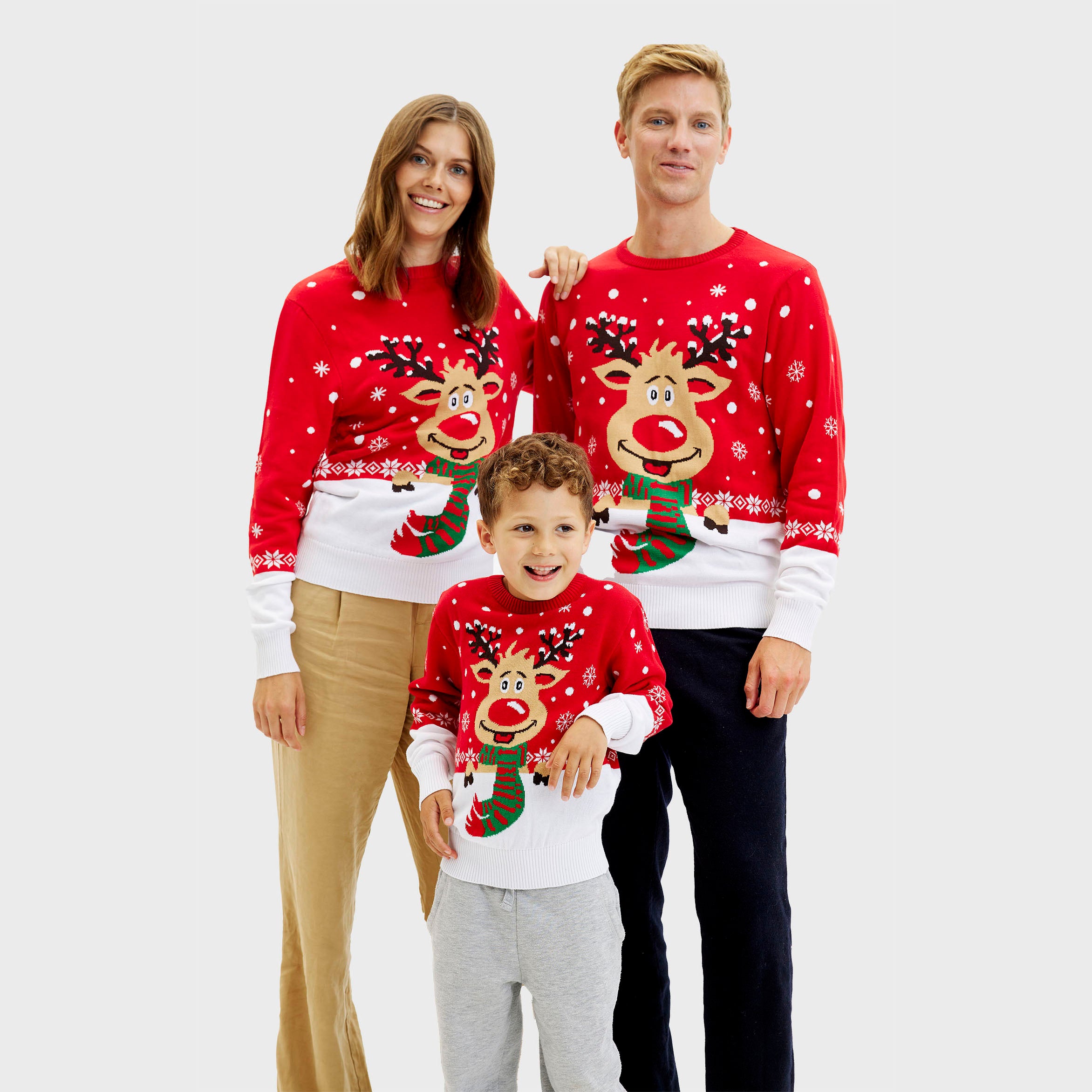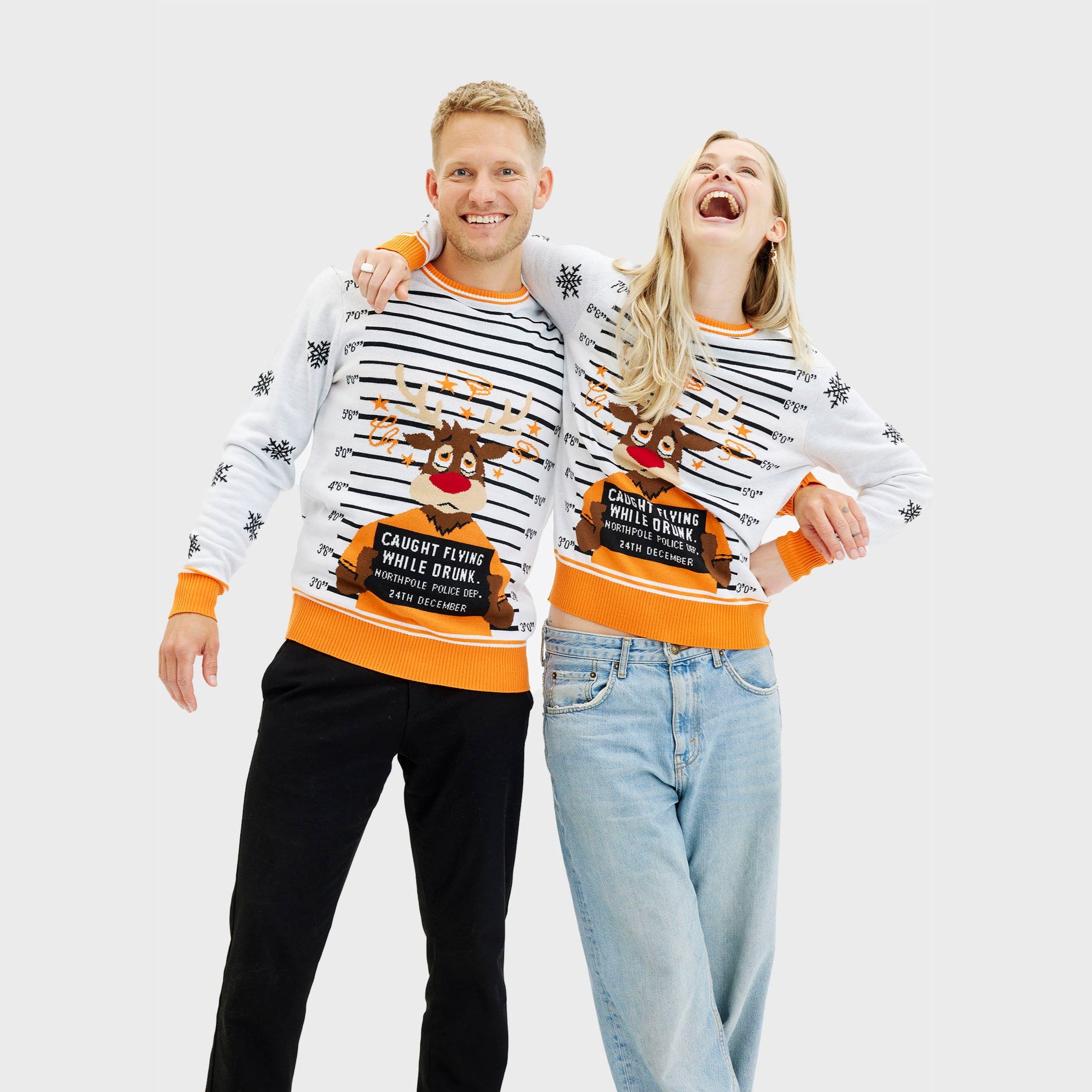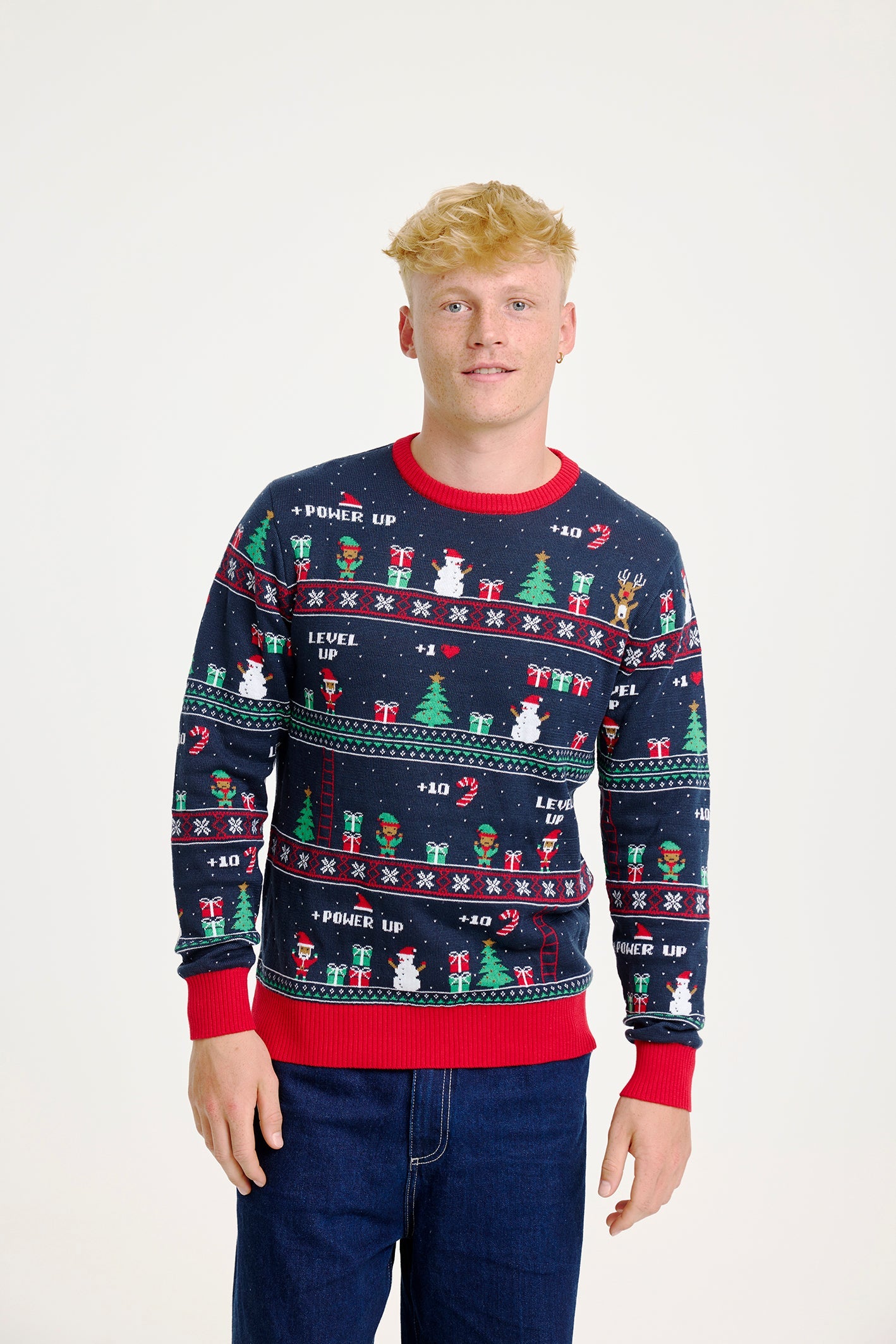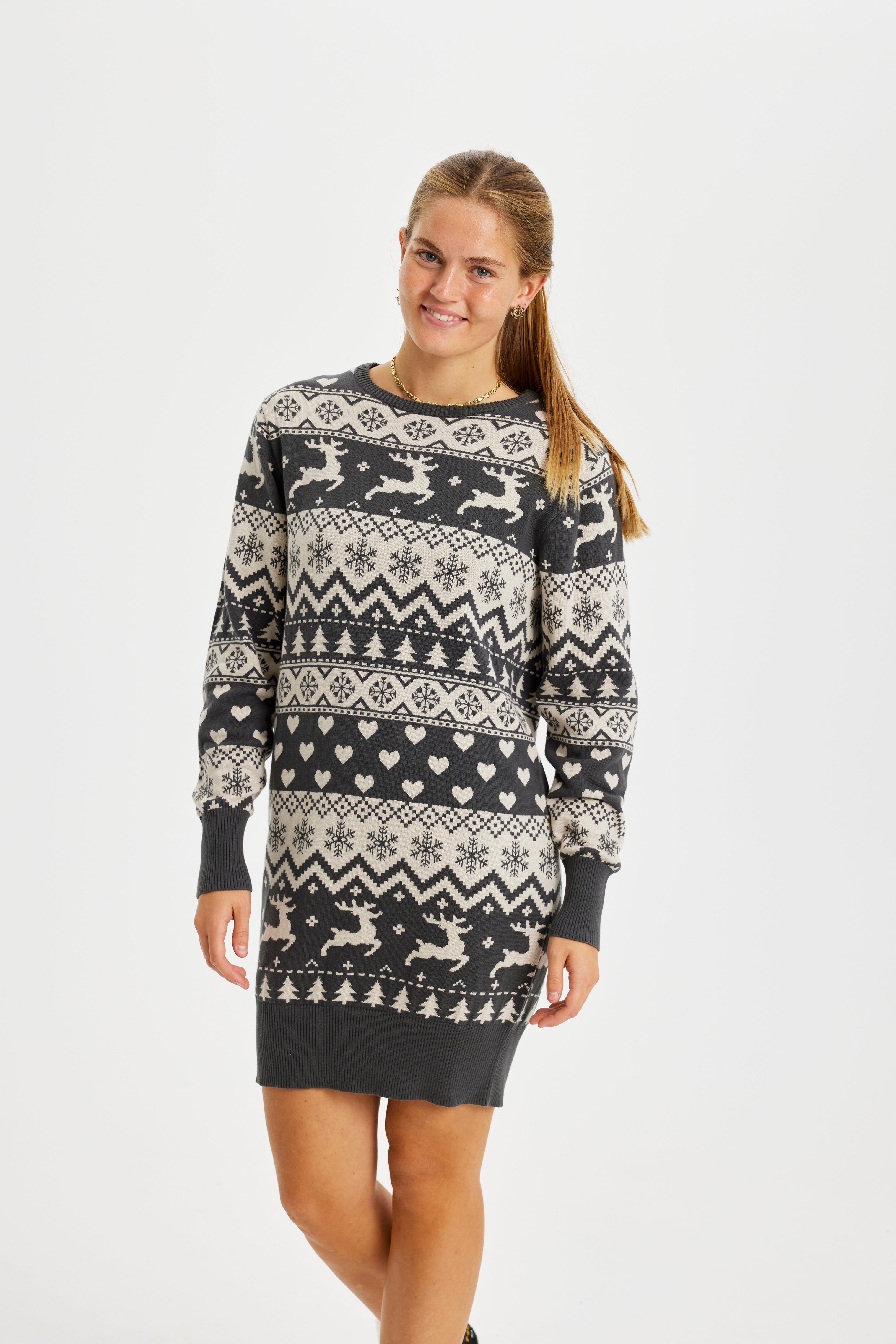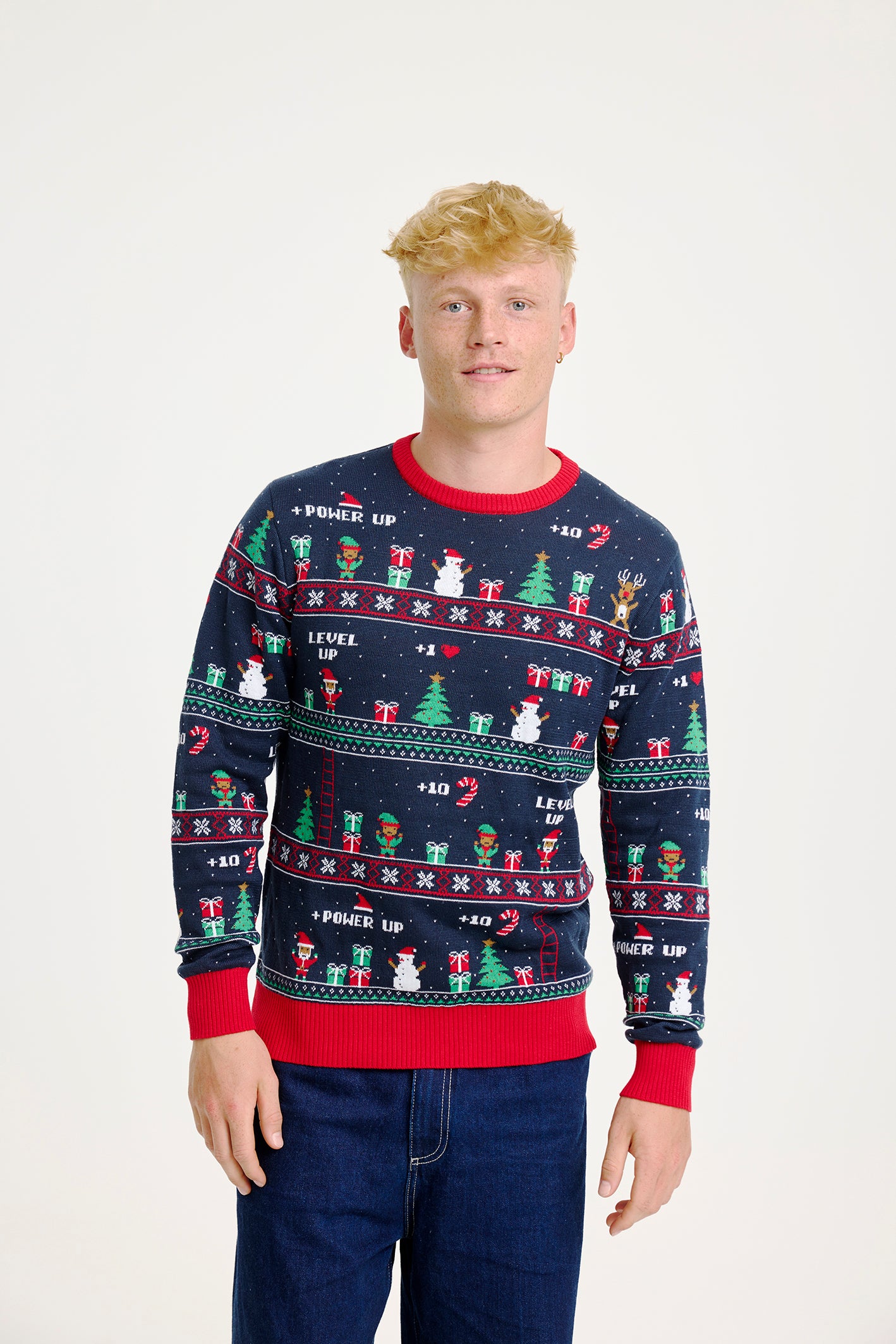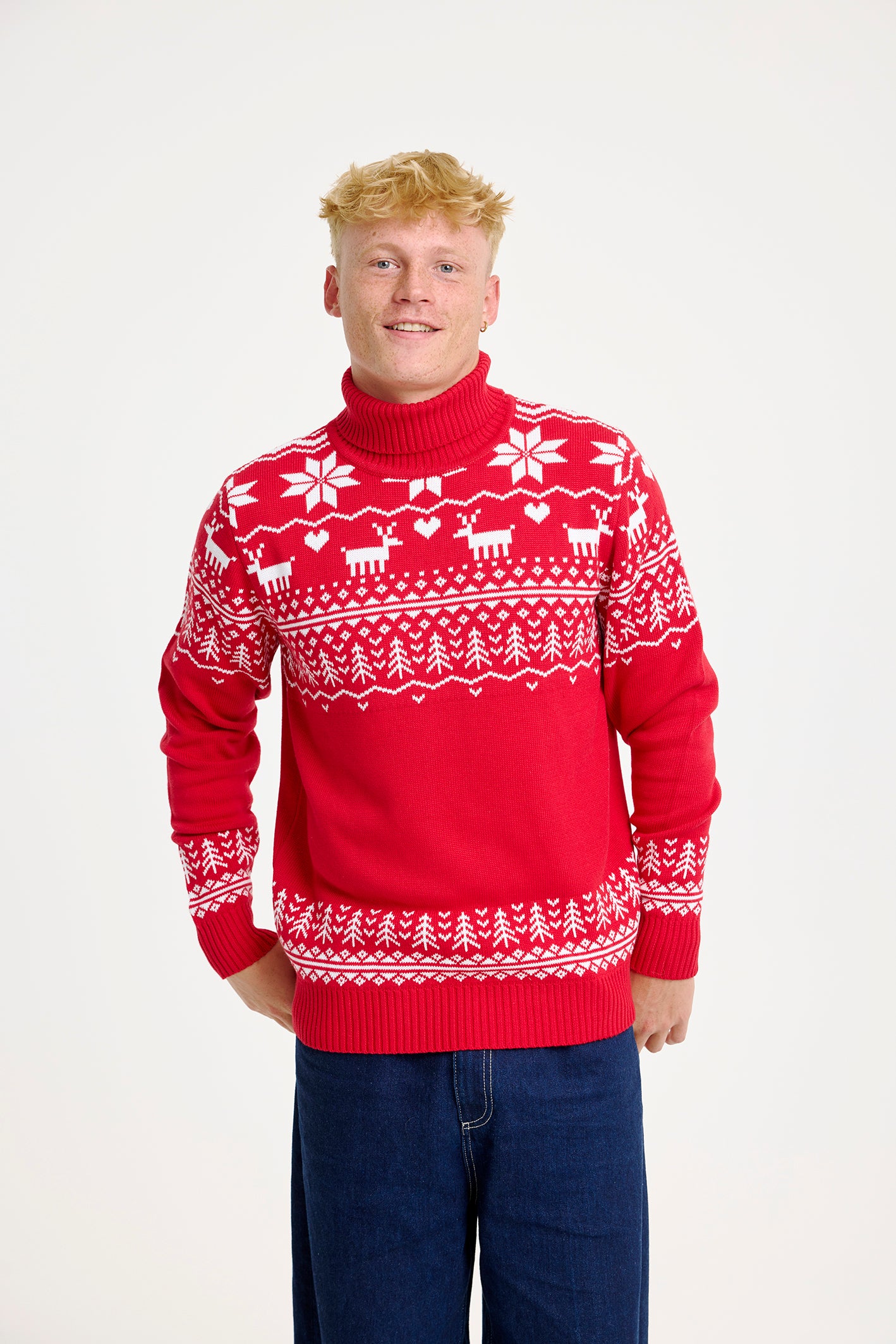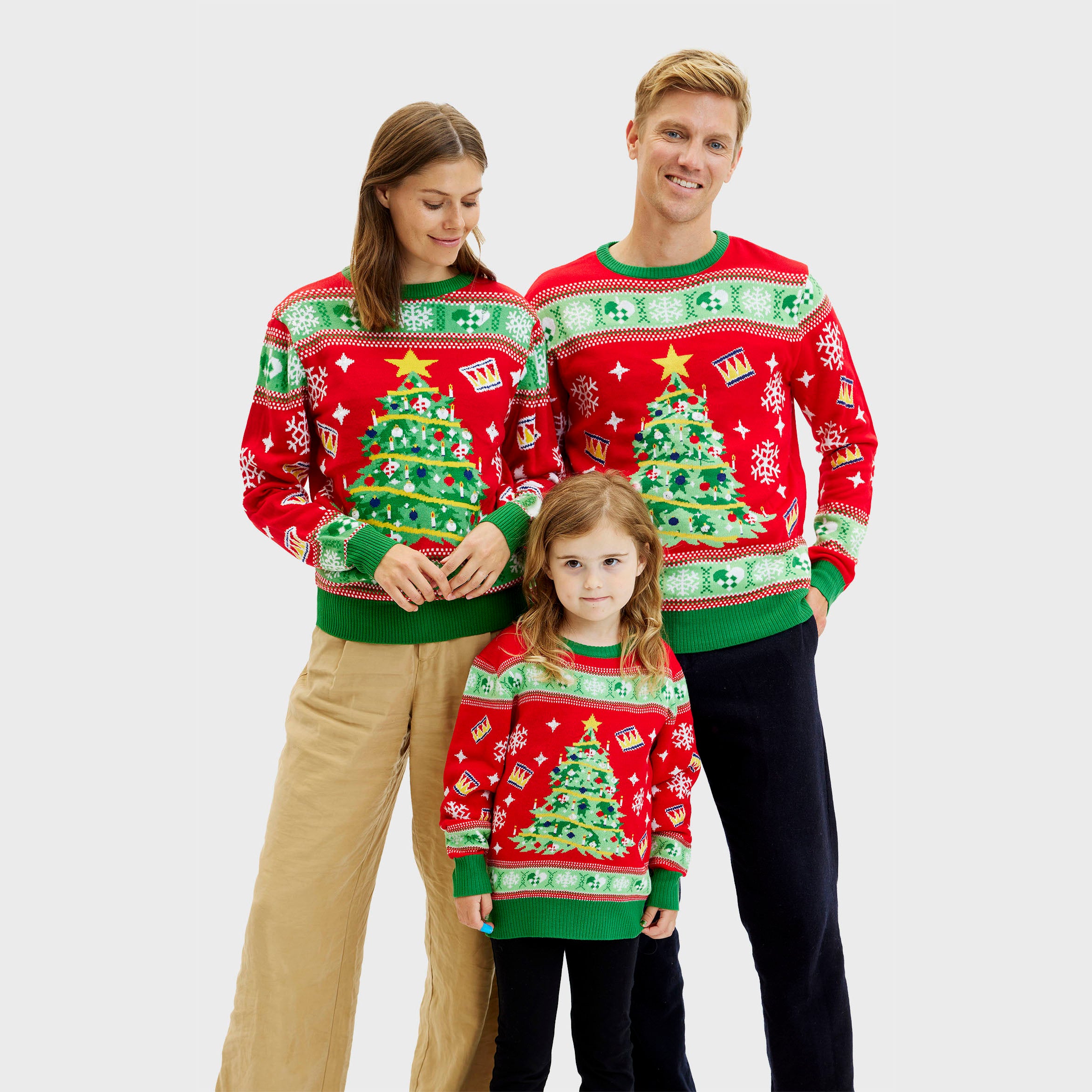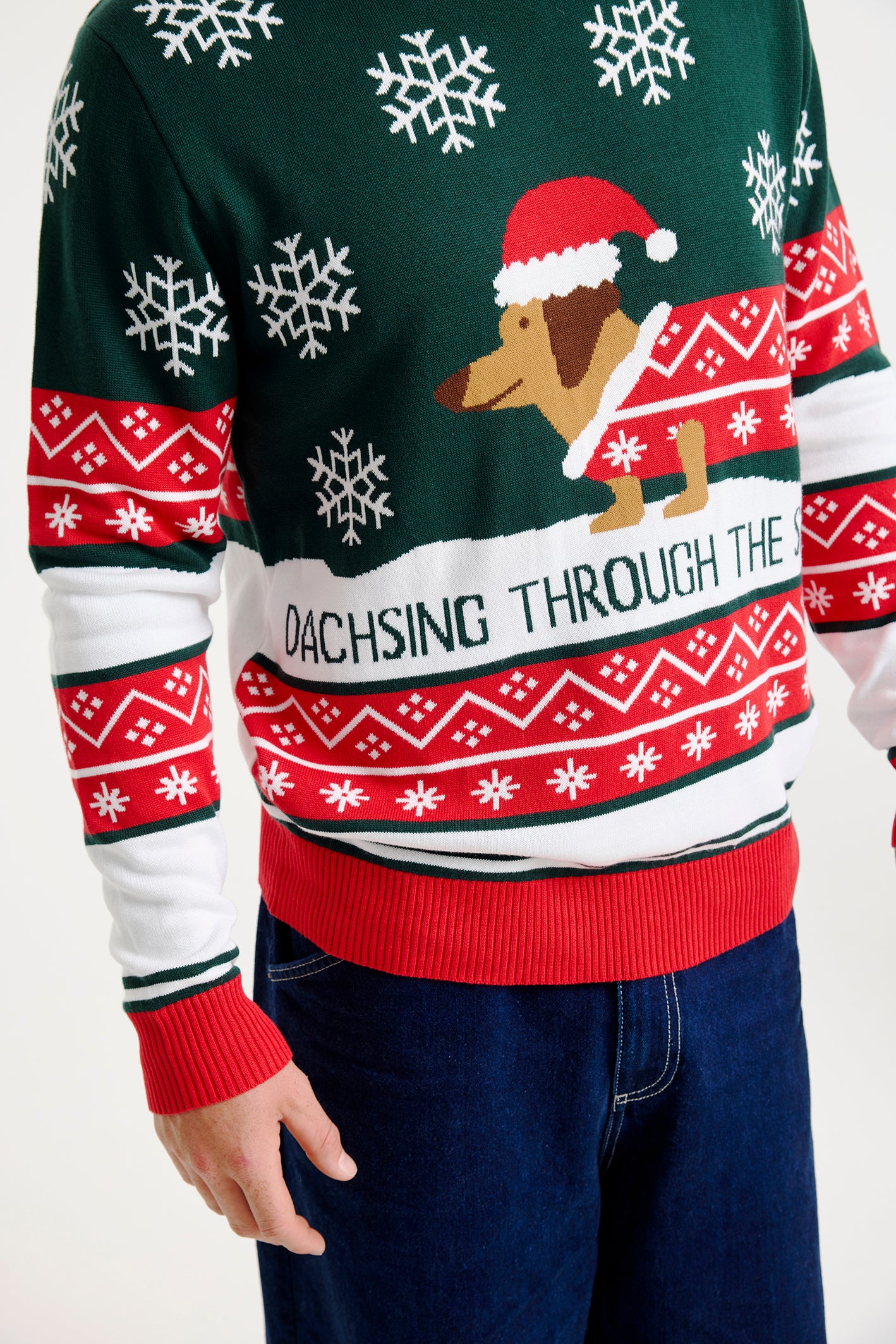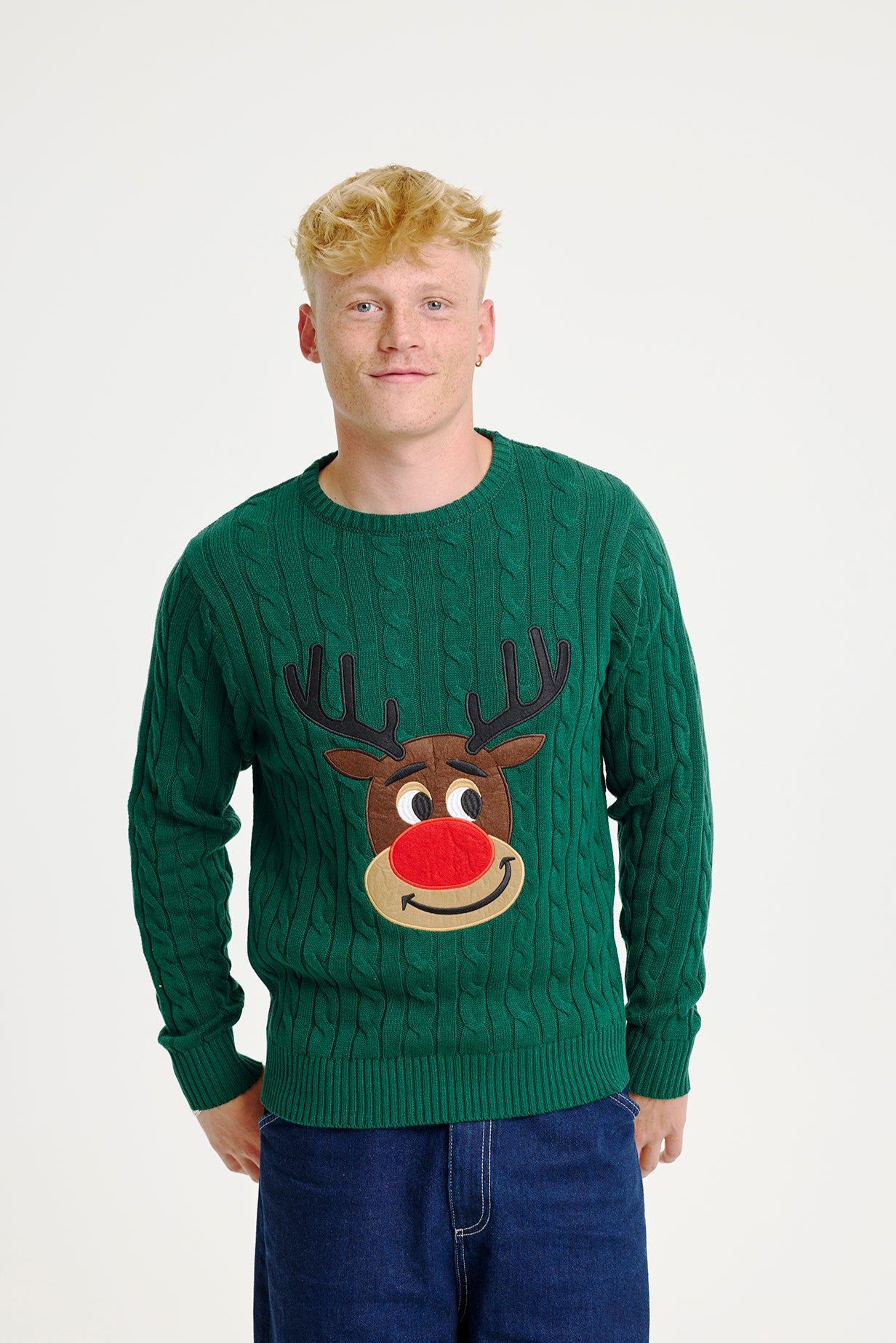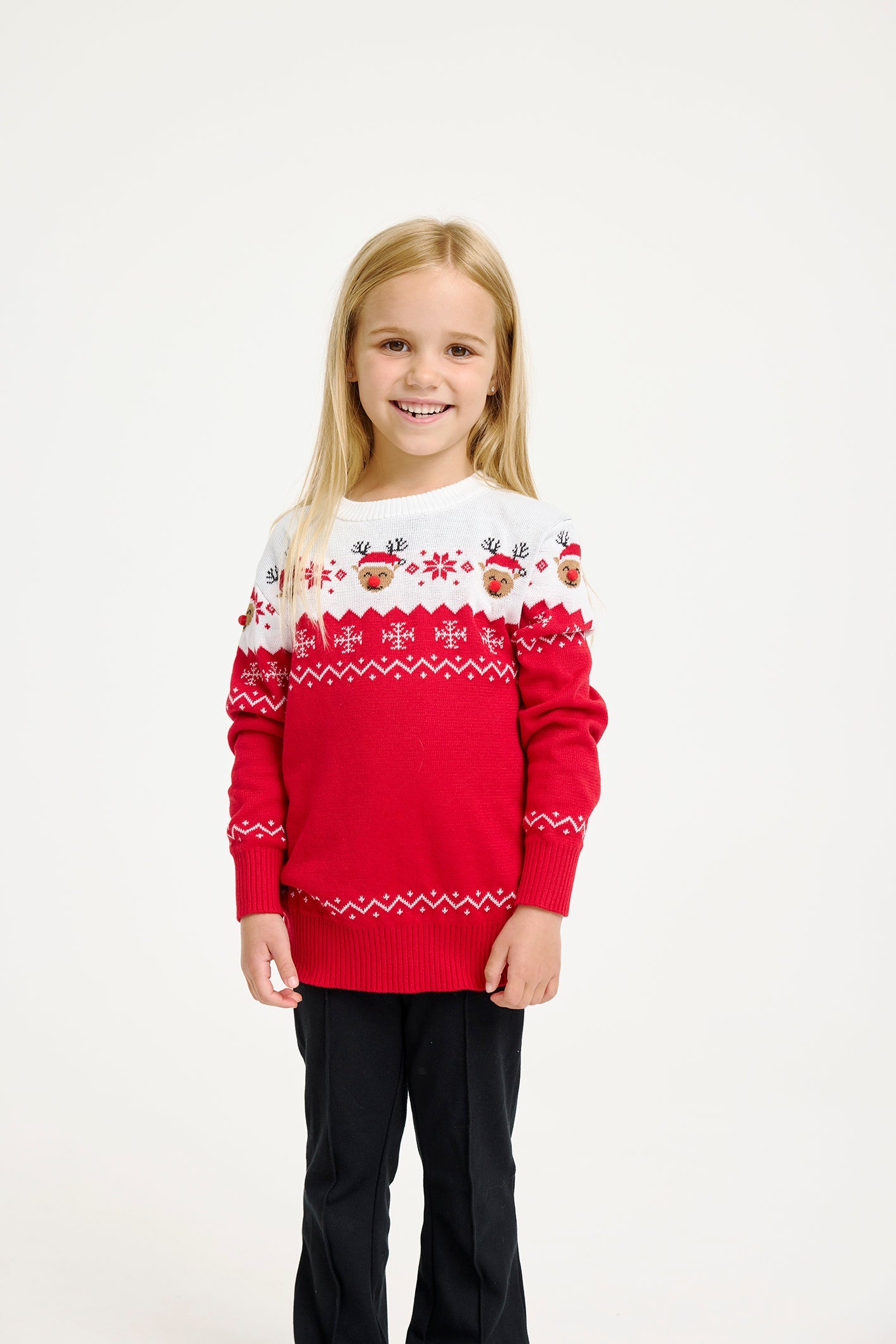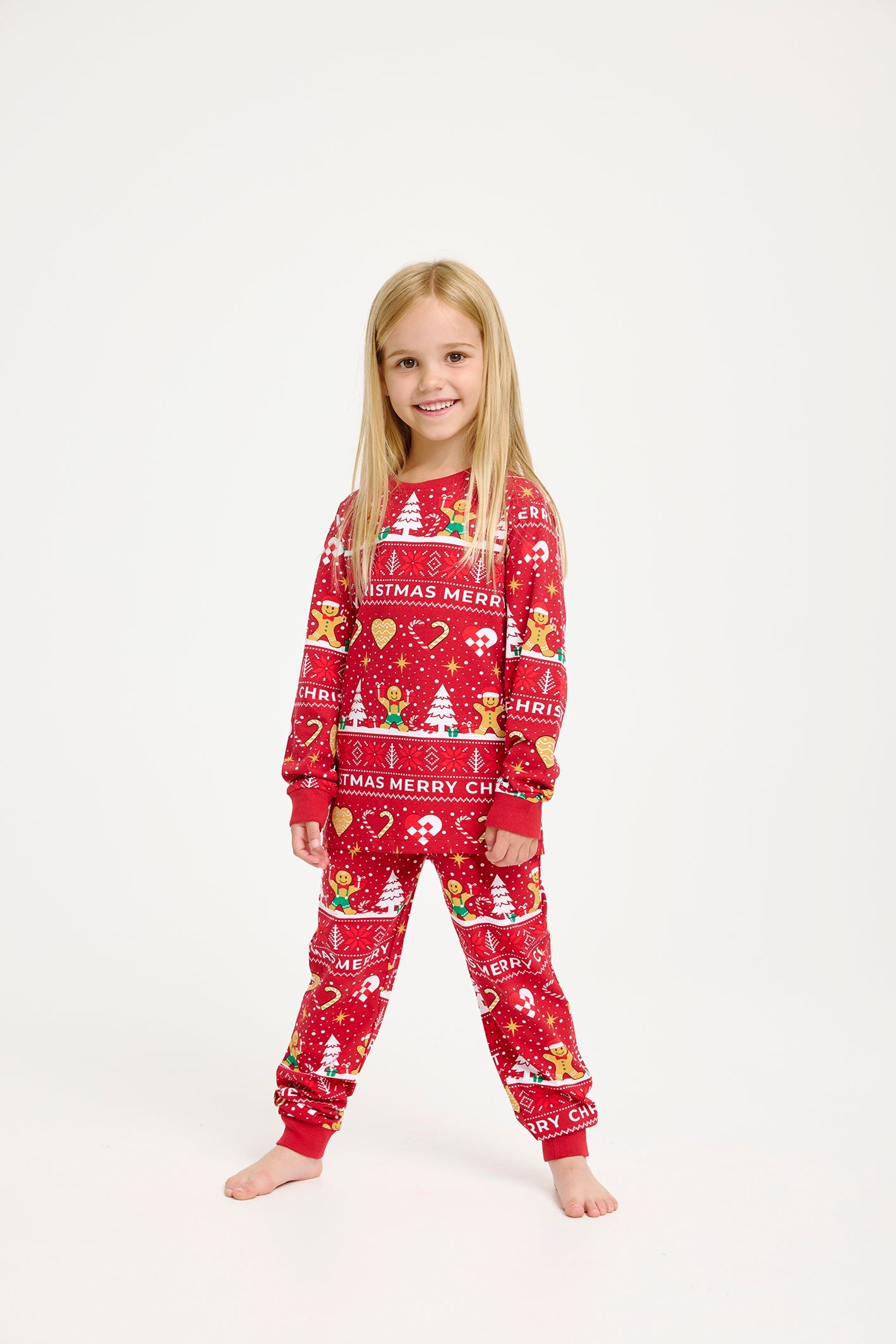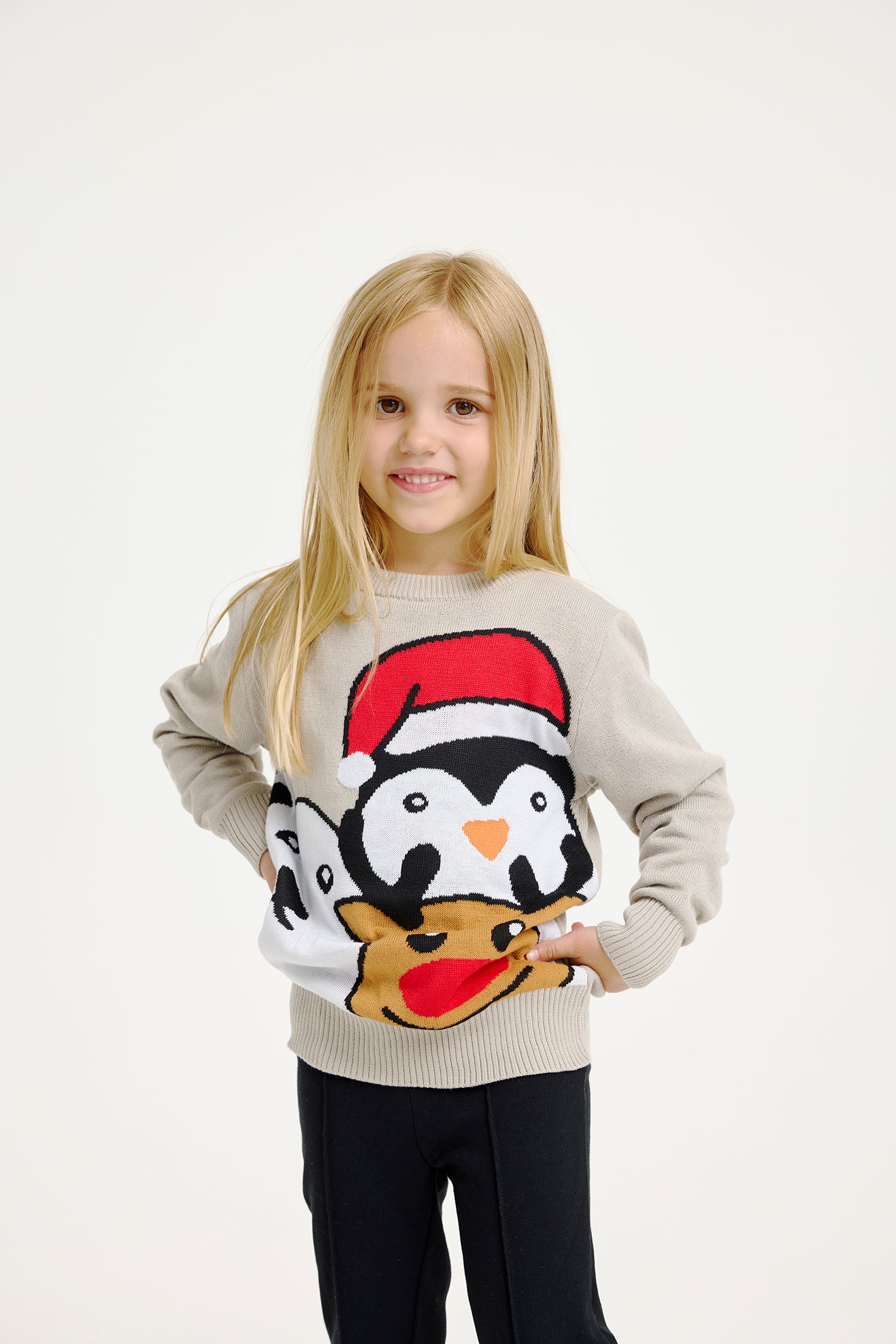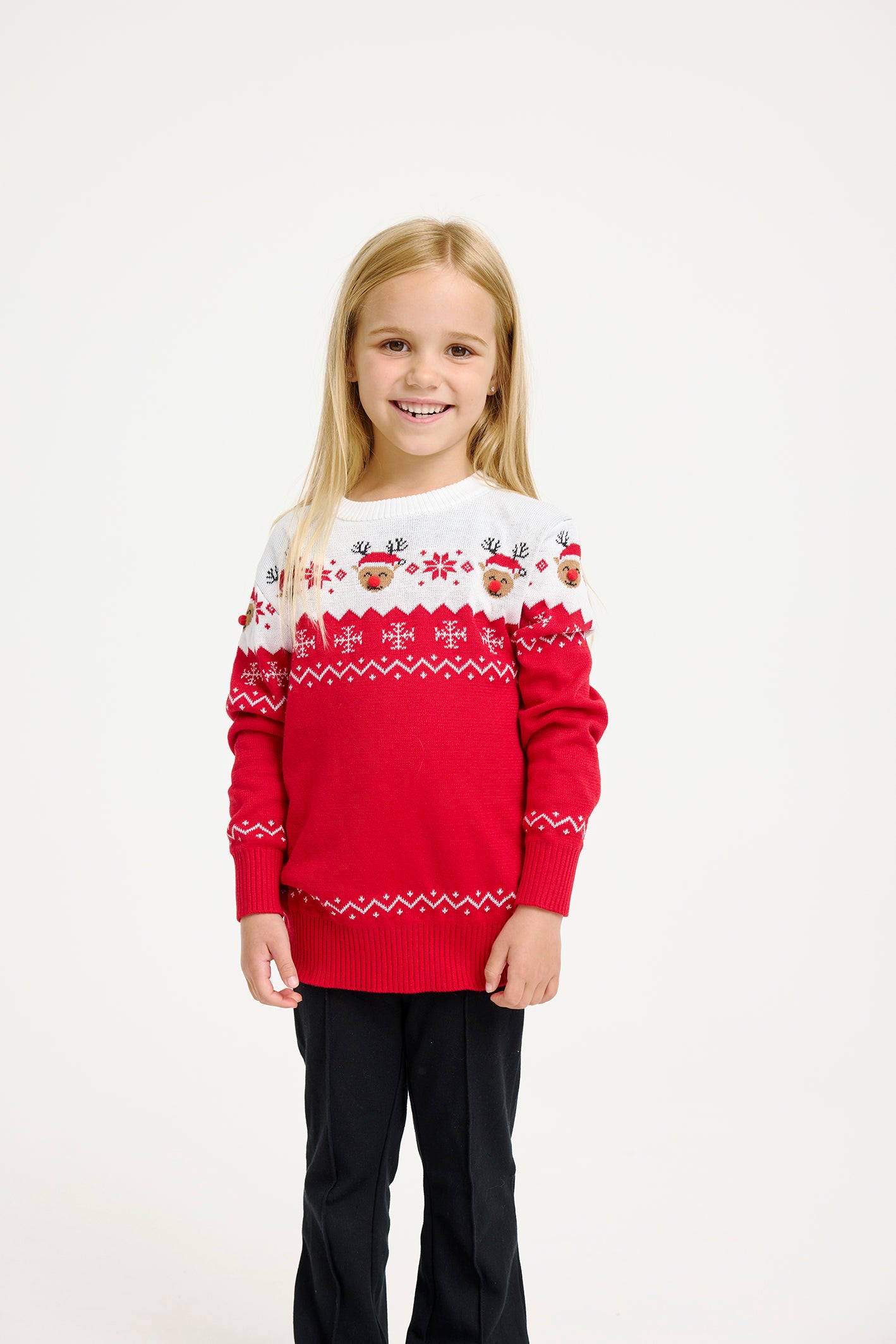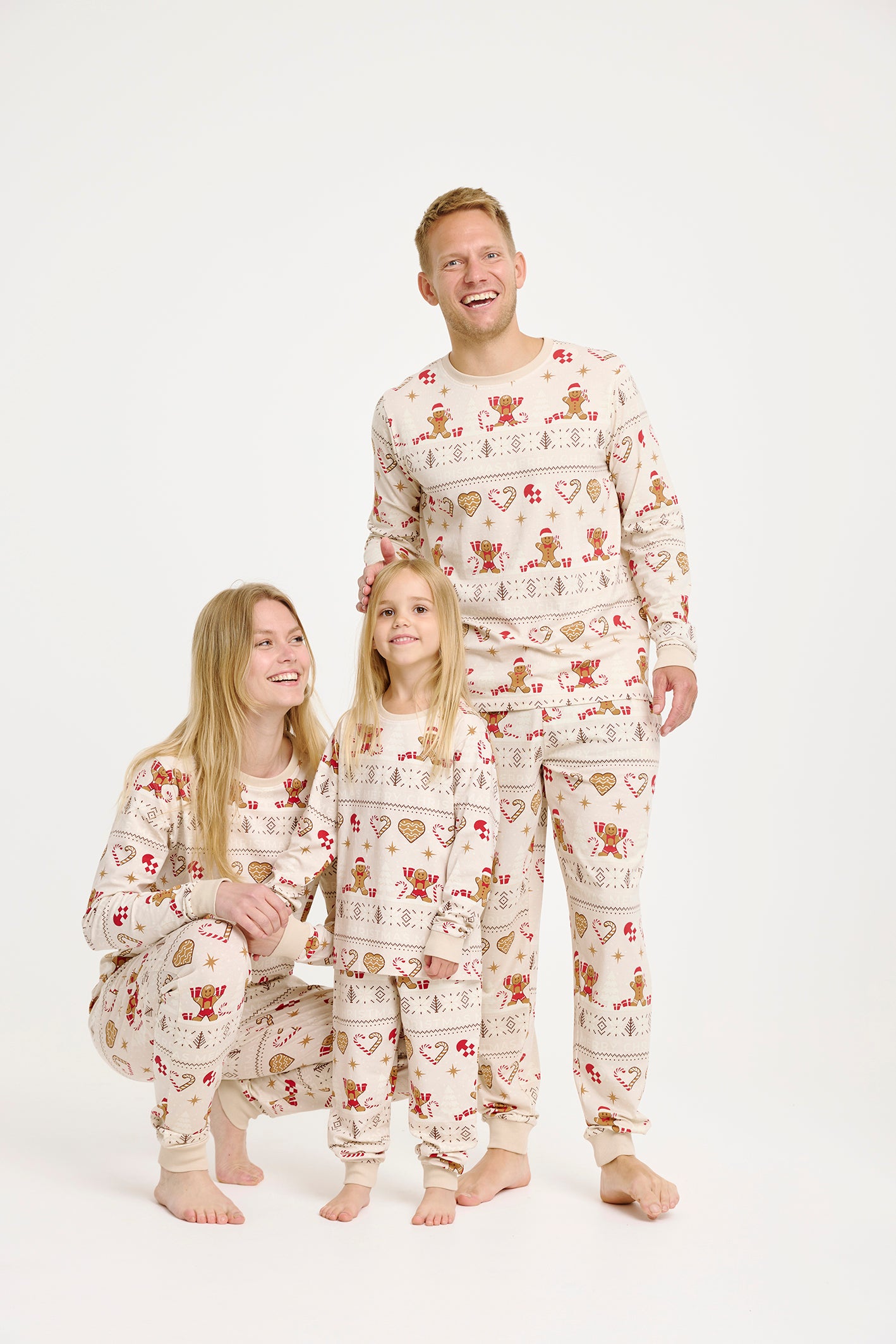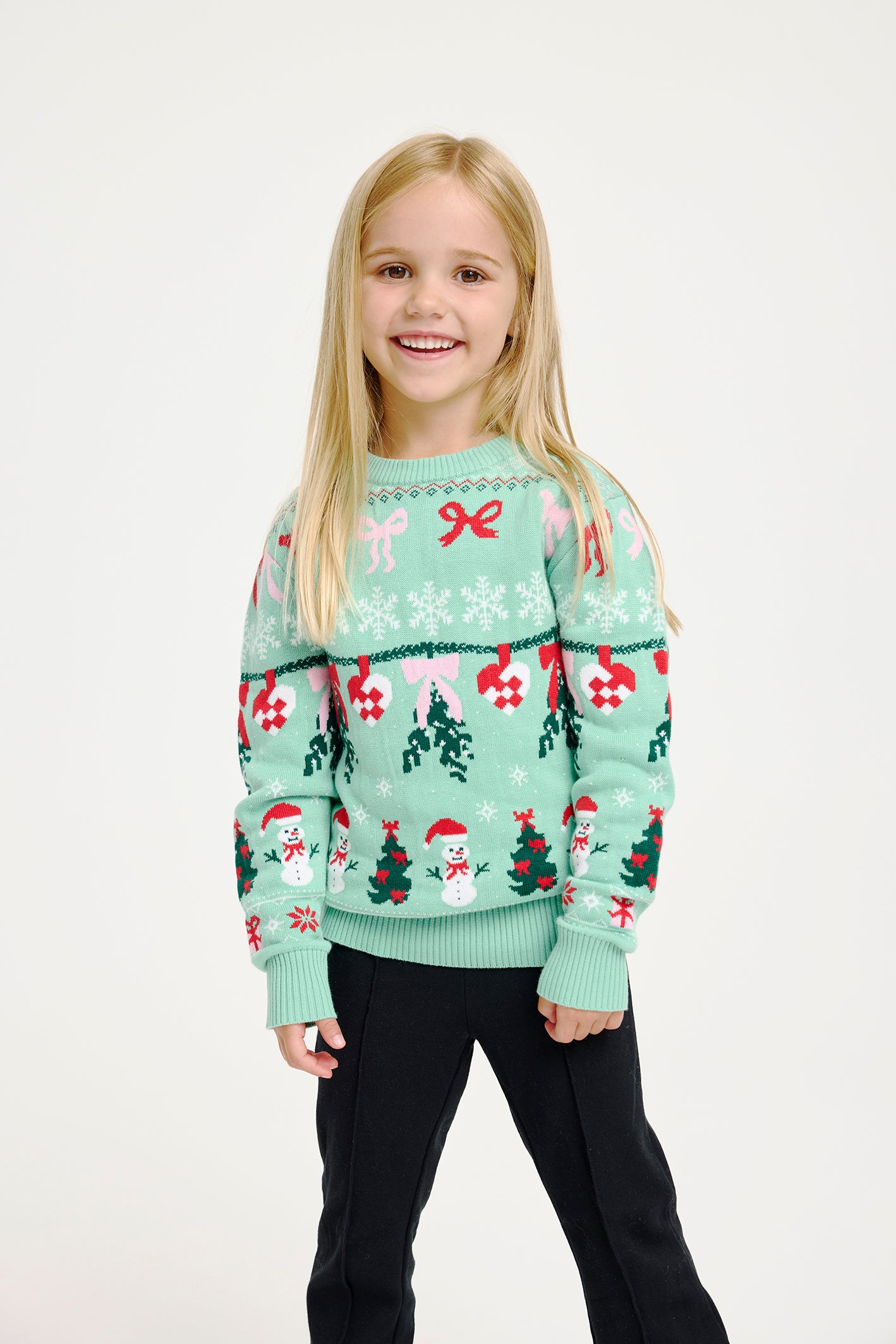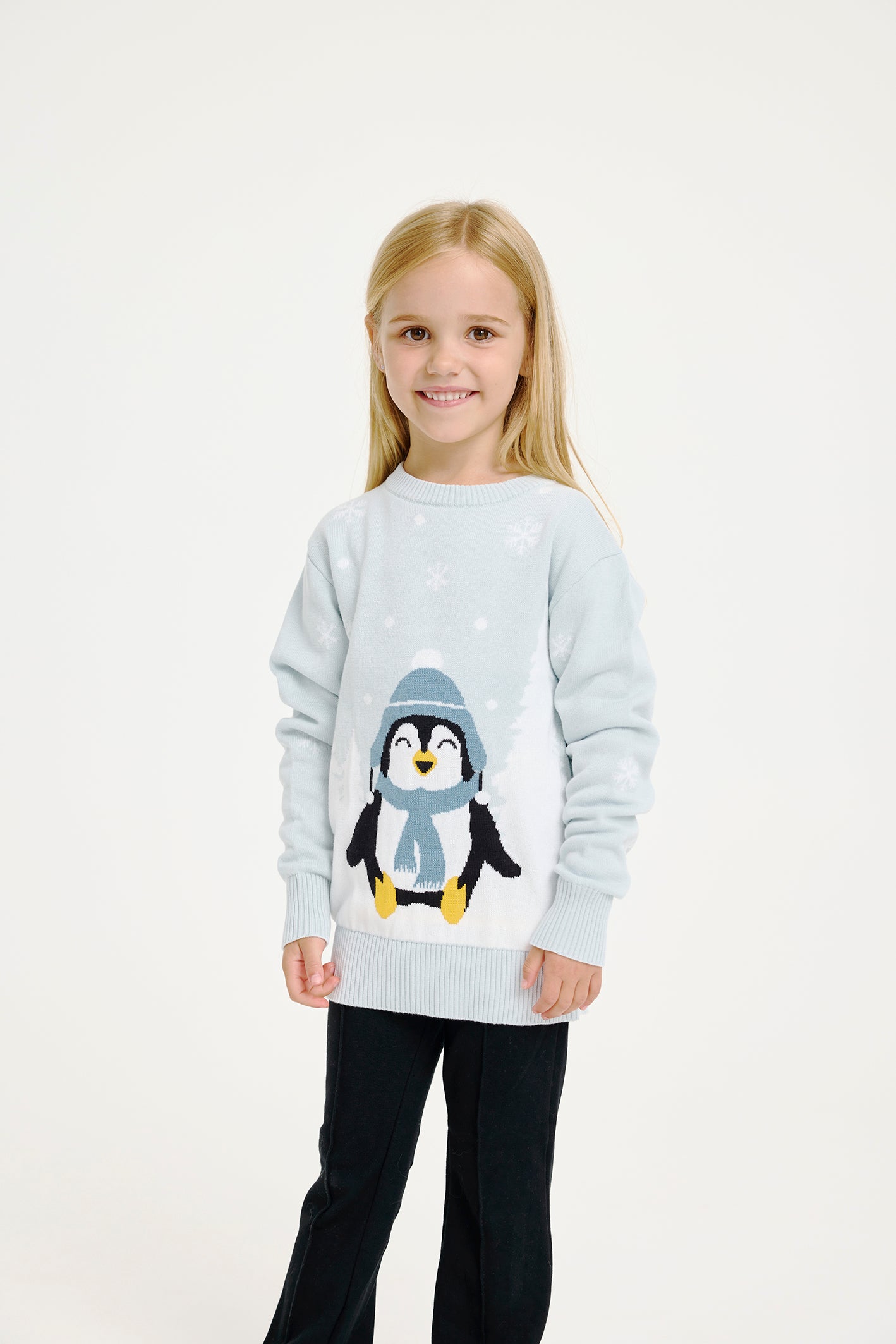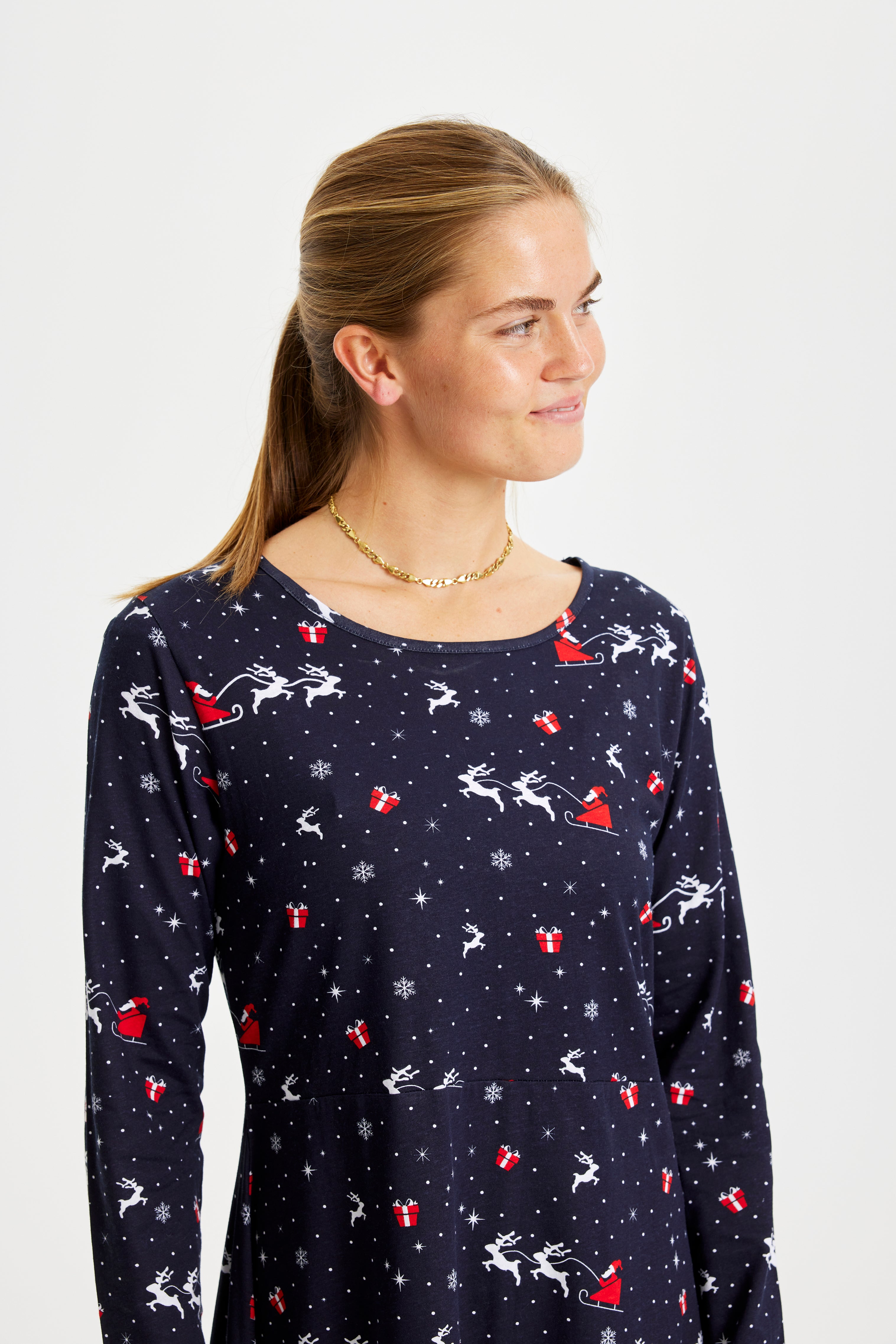30 October 2025
Why Christmas still matters: The stories behind our traditions

A single holiday weaves ancient rituals, religious meaning and everyday habits into the rhythm of winter life across generations. That blend is precisely why Christmas still matters: it holds shared stories that shape how communities mark the year’s turn.
Snapshot of the question
Snapshot of the question: Origins, continuity and contemporary relevance. At its simplest, the inquiry asks how a festival that began in regional midwinter rites became a global season of family rituals, communal light and seasonal customs. Answering why Christmas invites both short explanations and longer storytelling.
Two-line historical teaser
The festival brings together pre-Christian solstice celebrations, rooted in the old Norse word jól, and later Christian commemorations of Jesus’ birth. Those layers explain why elements that look pagan, liturgical or domestic can coexist so naturally today.
Contemporary relevance
Today Christmas holds social roles that go beyond liturgy: it structures family rituals, offers communal light during long nights and helps form cultural identity while supporting a seasonal economy. You’ll see these roles in small moments, from whole families gathered in matching christmas pajamas to playful contests where someone always turns up in an ugly christmas sweater. Casual holiday events often involve festive shirts or themed outfits that keep traditions lively and inclusive.
What this article explores
The following parts will trace etymology and pagan roots, chart Christian adoption and adaptation, compare northern European and wider international traditions, and consider how symbols and practices shift in modern life. Along the way you’ll find practical links to festive attire like christmas sweater styles, quirky ugly christmas sweater options and simple christmas shirts that show how garments themselves help tell the holiday’s story.
Etymology and pre Christian origins
Many of the rituals we associate with the season come from a word that once named a midwinter feast, a ceremonial pause when communities marked the return of longer days. Those gatherings combined communal feasting, offerings meant to secure fertility and luck for the year ahead, and symbolic use of light to answer the deepest nights. In regions of northern Europe these practices were widespread long before large church calendars reshaped communal life, and their echoes survive in food, songs and timing.
Christian adoption and liturgical dating
As Christian communities developed, a festival commemorating Jesus’ birth was set within the winter calendar and by the fourth century many Western churches observed 25 December as the liturgical day. Rather than erase existing customs, the church often reframed local midwinter practices so they fit a Christian narrative. Families continued to gather around hearths and tables, but the stories and processions sometimes acquired new theological meanings while keeping familiar rhythms.
Development of key symbols and practices
Certain objects and actions proved remarkably adaptable. The decorated evergreen that became the Christmas tree moved from public and courtly settings into private homes and quickly became a domestic focus for decorations and shared rituals. The use of lights and candles carried forward solstice imagery into both religious and secular observance as a way to mark returning daylight. Gift exchange grew from multiple sources: ceremonial reciprocities, tales of generous figures linked to the church, and longstanding customs of exchange during year‑end celebrations. Today these strands meet in everything from formal carols to casual parties where someone inevitably turns up in an ugly christmas sweater as a playful nod to communal merriment.
The figure of St. Nicholas and gift givers
A single historical figure helped crystallize the practice of seasonal giving. A fourth century bishop famed for discreet generosity became the seed for numerous folkloric gift‑bringers who vary by region and language. Over centuries these characters borrowed traits from local myth and convivial customs until modern images—cheerful, heavily marketed and often secular—emerged. The persistence of a kind, gift‑bearing archetype explains why present exchange remains central, whether it follows liturgical cues, folklore, or purely social motives.
Modern cultural and social meanings
In contemporary life the season functions as social glue. Rituals that mark the year’s end help reinforce family bonds, provide rhythm in public life and create occasions for intergenerational exchange. Symbols of light and warmth retain emotional weight even when the underlying beliefs vary. At the same time public festivities, markets and themed apparel have expanded the season into broad cultural practice. Clothing plays a surprising role here: a simple christmas sweater can act as a visual shorthand for inclusion and good humour, while coordinated outfits and christmas shirts serve as easy ways to signal belonging at gatherings. For practical variety, many people pair festive jumpers with casual shirts or choose matching pajamas for family photos.
Quick facts and visual ideas
Five fast facts to keep in mind: winter feasts predate Christian liturgy; 25 December became standard in many Western churches by the fourth century; evergreen decorations moved from public to private spaces; gift giving merges religious and older exchange customs; lights symbolize hope across traditions. For online features consider a small timeline graphic or a gallery showing how the christmas sweater has changed from formal attire to playful statement pieces.
If you want further inspiration for festive garments, browse options for a classic christmas sweater or pair a themed top with simple christmas shirts for a coordinated look that nods to tradition while keeping things relaxed.
Ancient echoes in modern celebrations
The threads that tie past and present are easy to feel when you pay attention to small moments. The scent of spruce and warm baking fills the air, candles throw a soft glow across the table, and the sound of familiar carols creates a rhythm that marks the season. Communal feasting, light as metaphor and the exchange of gifts remain central motifs, even when their meanings shift. These elements are not frozen relics; they have been adapted into new forms while keeping a sense of continuity. A modest feast, a walk with lanterns or simply gathering to listen to music can carry the same purpose as older midwinter rites: to gather, to mark time and to welcome returning light.
Secularization and pluralism
Christmas has opened space for multiple ways of belonging. For some households the day is primarily religious, for others it is a cultural festival focused on family and warmth. Many people move comfortably between sacred observance and secular celebration within the same season. This pluralism means traditions are flexible. You might find a community choir singing in a churchyard one evening and a market lit with strings of bulbs the next. Clothing often becomes an easy, visible way to join in: slipping into a soft christmas sweater or choosing coordinated christmas shirts can signal participation without dictating belief.
Cultural transmission and gentle reinvention
Traditions travel through stories, media and communal life. Schools, local associations and broadcasts help pass on songs and recipes, while social media gives new forms a quick audience. Yet adaptation is gentle: people revive old songs, alter menus to suit new tastes and invent playful additions that feel rooted in the past. The warmth of a family room filled with laughter is as important as the exact menu or tune. Textiles play a part here, too. A comfortable christmas sweater or matching pajamas can become part of a family’s seasonal signature, something that carries memories from one year to the next.
Global variation and local specificity
Across regions familiar practices take different shapes. The timing of the main family meal, the key dishes on the table and the identity of the gift‑bearer vary, yet the same themes recur. In some places the tree is central to the evening, in others the emphasis is on a communal meal. These differences are not contradictions but expressions of how communities make the season their own. The sensory constants remain: light against dark, the smell of evergreen, the comfort of handknit or soft fabrics and the sound of shared music.
Social roles and seasonal comfort
At its heart the season creates occasions to reinforce kinship and community. Rituals mark the end of the year and offer a pause that holds meaning. People often describe a feeling of easing into familiarity: the warmth from knit garments, the quiet crackle of candles and the taste of spiced treats invite presence. These sensations are practical carriers of meaning. A cosy outfit, whether a favourite christmas sweater or soft loungewear, can help ground those moments and make them feel intentional.
Frequently asked questions
Why is Christmas celebrated on December 25?
The Western Church consolidated December 25 in the fourth century as the liturgical day to commemorate Jesus’ birth. The date aligns with earlier winter festivals and was adopted in part to situate the Christian celebration within existing seasonal rhythms.
Why do some countries celebrate on December 24?
In several northern regions the principal family observance falls on Christmas Eve, December 24. This pattern grew from local customs and liturgical habits that emphasized evening gatherings and the shared meal as the focal point of celebration.
What is the difference between Christmas and jul?
Christmas derives from a Christian term meaning Christ’s Mass. Jul has older roots in pre‑Christian midwinter feasts and came to be used for the season in northern Europe. Both words now describe overlapping sets of customs and meanings.
Where does the modern Santa Claus come from?
The modern figure evolved from St. Nicholas, a fourth century bishop associated with generosity, combined with later folklore and cultural imagery that produced distinct national gift‑bringers.
Are lights and candles important for symbolic reasons?
Yes. Lights recall solstice traditions that celebrated returning daylight. Both religious and secular observances have kept light as a symbol of hope and renewal during the darkest weeks of the year.
How have modern trends changed traditional celebrations?
Modern trends include wider commercialization, media influence and multicultural adaptations. Many people now place stronger emphasis on shared experiences and cosy atmospheres rather than strictly liturgical forms. Simple choices like wearing matching christmas shirts or choosing sustainable garments can reflect those priorities.
For a gentle way to introduce seasonal garments into your traditions, consider a classic christmas sweater or pair a festive top with relaxed christmas shirts to create moments that smell of baking, glow with candlelight and resonate with warmth.
Also view
31 October 2025
Countdown to December 24: Days [DAYS], Hours [HOURS], Minutes [MINUTES]
Quick answer and why it matters
How many days ...

